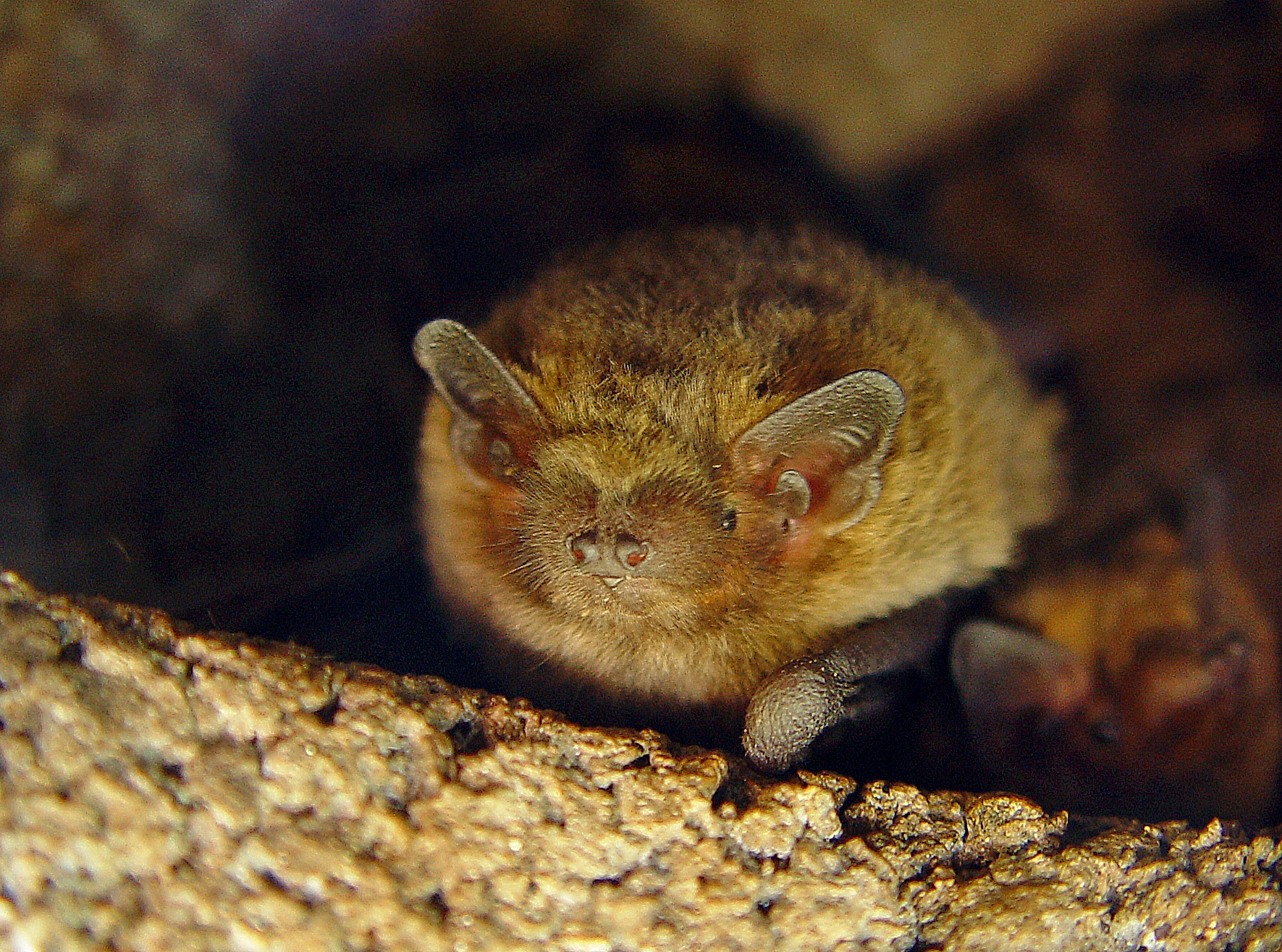Bats and infrasturcture
Seminar 27-28 November 2018 in StockholmThe Swedish Transport Administration and Swedish IENE arranged a seminar about bats and infrastructure, on November 27 2018 in Stockholm. The seminar was followed by a workshop on November 28 in Uppsala, open for further discussion of method, planning and research issues. The background of the seminar, links to presentations from the seminar and the workshop and some related documents mentioned during the days can be found below.
Background of the seminar
Bats are impacted by roads and railways through barrier effects, collisions, noise and light disturbance, and direct loss of habitats. The general knowledge is however limited about these nocturnal mammals.
Bats occur in basically all habitats and landscape types, but for most species we know little about demography and population density or the significance of the above impacts. In the same time, bats have an extraordinary position in conservation with all species listed in the EU Habitats directive (in Sweden implemented by the Species Conservation Ordinance, Artskyddsförordningen).
Any development – urban, industrial, infrastructure – is prohibited if it can jeopardize the conservation status of bats. Accordingly, bats are often a particular limitation to infrastructure development.
Because of the limited knowledge of bat population ecology, it may be difficult to prove that a new road or railway does not have a significant effect on bat conservation status. Also it is difficult for the developer to propose appropriate mitigation or compensation measures. There is an obvious risk for erroneous decisions, either allowing new developments that compromises bat conservation or inducing conservation action that lacks foundation. Moreover, conservation guidelines from the Swedish Transport Administration state that important conflicts with bat conservation along existing roads and railways should be known, and measures taken to minimize this conflict.
Legislation and guidelines hence point out the urgent need for better knowledge of bat ecology and of the impacts from road and railways.
The goals of this seminar were:
- to present current knowledge about impacts from roads and railways on Swedish bats,
- to present useful decision tools to minimize and mitigate these impacts,
- to discuss when and where conservation action is needed and when not.
Focus was on the Swedish situation, but because the impacts and legislation is largely similar in all EU countries the seminar was given in English to allow international participation. Some 60 participants attended, from six countries, representing research, road planning and management, nature conservation, and technical consultants.
Arrangörer:


Program for seminar day
Welcome and introduction to the day
J-O Helldin (Svenska IENE & Swedish Biodiversity Centre, SLU Sweden) and Anders Sjölund (Swedish National Transport Administration)
How to predict bat problems in road projects?
Johnny de Jong (Swedish Biodiversity Centre, SLU Sweden)
The impact of roads on bat activity and diversity, and the effectiveness of mitigation in the UK
Anna Berthinussen (Conservation First, UK)
Bat mitigation on roads – a European review
Morten Elmeros (National Environmental Research Institute, Denmark)
Evaluating the Impacts of Road on Bats: An Australian Perspective
Manisha Bhardwaj (SLU Sweden and University of Melbourne, Australia)
Impact of major roads on bats and effectiveness of bat overpasses
Fabien Claireau (French National Museum for Natural History & Naturalia Environment, France/Greifswald University, Germany)
Bat collisions at secondary roads: the importance of bat density and flight behaviour
Charlotte Roemer (French National Museum for Natural History & Biotope, France)
Program for workshop day
Methods for the assessment of overpasses 1: evaluation of the reconnection of severed flight corridors
Fabien Claireau (French National Museum for Natural History & Naturalia Environnement, France/Greifswald University, Germany)
Methods for the assessment of overpasses 2: calculation of the proportion of flight paths in the zone at collision risk
Charlotte Roemer (French National Museum for Natural History & Biotope, France)
Preview of the acoustic localisation features in the upcoming version of the Elekon Batlogger
David Wallis, Institut For Bioscience Aarhus Universitet
Additional resources
- EU Bats Action plan: Action Plan for the Conservation of All Bat Species in the European Union 2019 – 2024
- Poster: Bat overpasses, Claireau et al (2018)
- Report: Effects of Traffic Noise and Road Construction Noise on Bats, Caltrans (2016)
- Paper: Differential use of highway underpasses by bats, Bhardwaj et al (2017)
- Paper: Foraging Strategies Determine the Effect of Traffic Noise on Bats, Bonsen et al (2015)
Other information
For further questions please contact:
